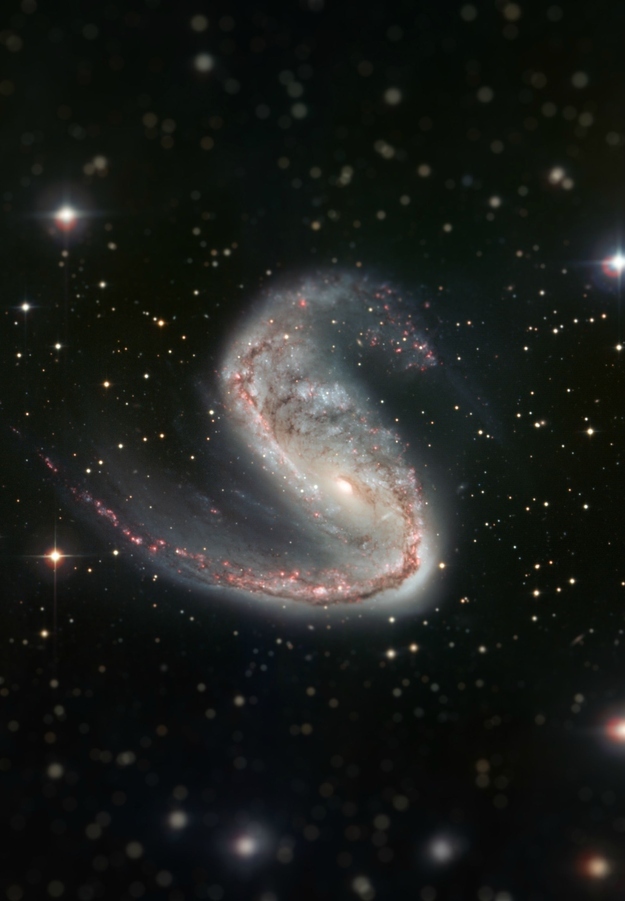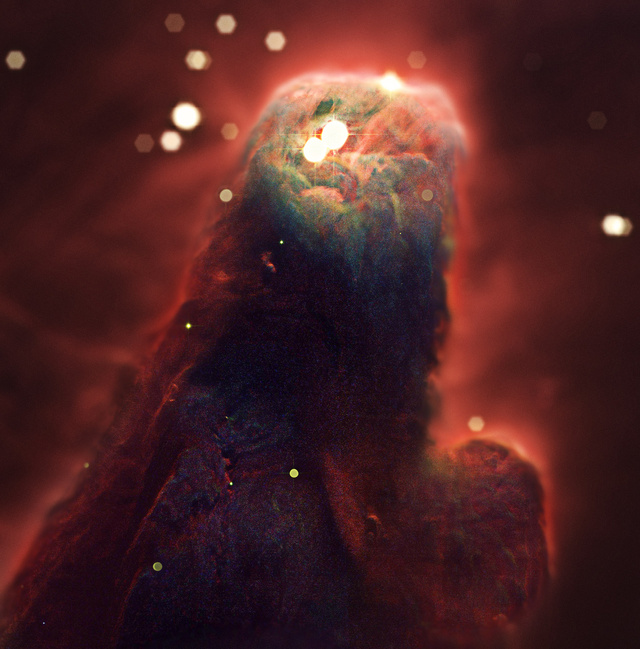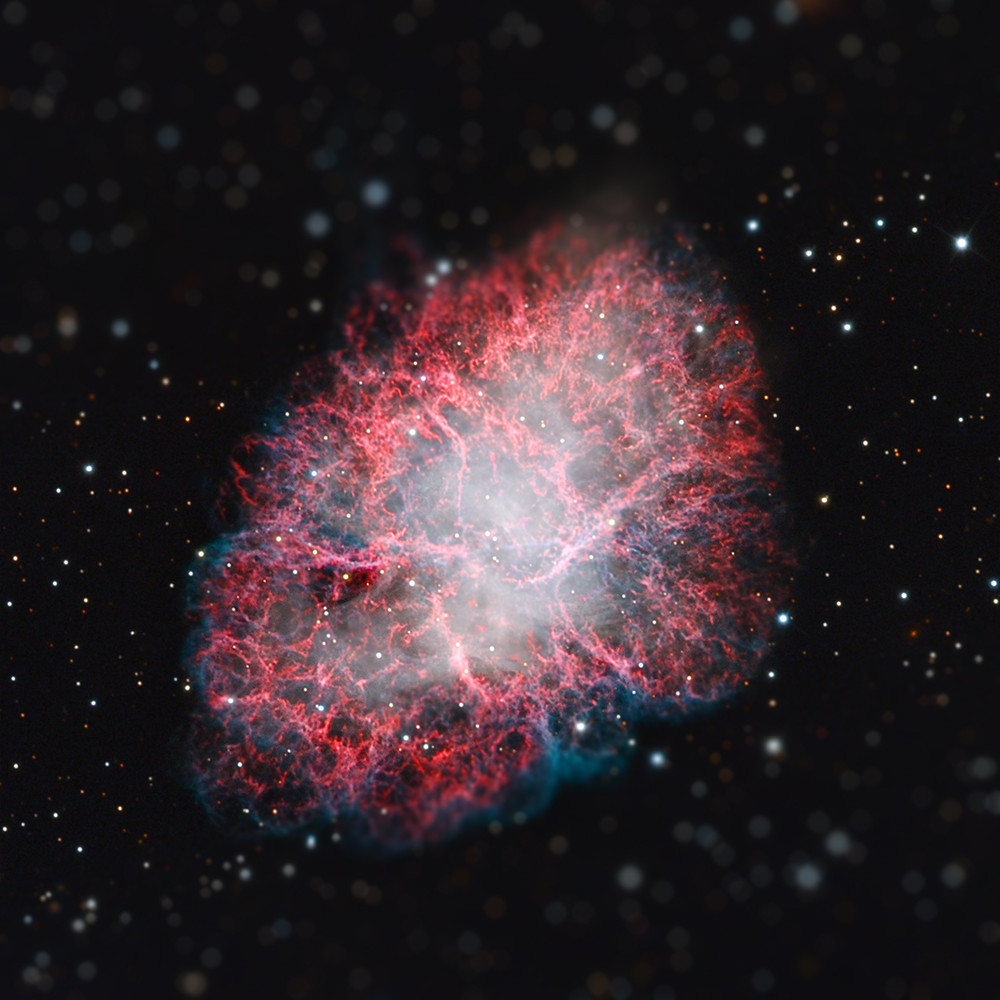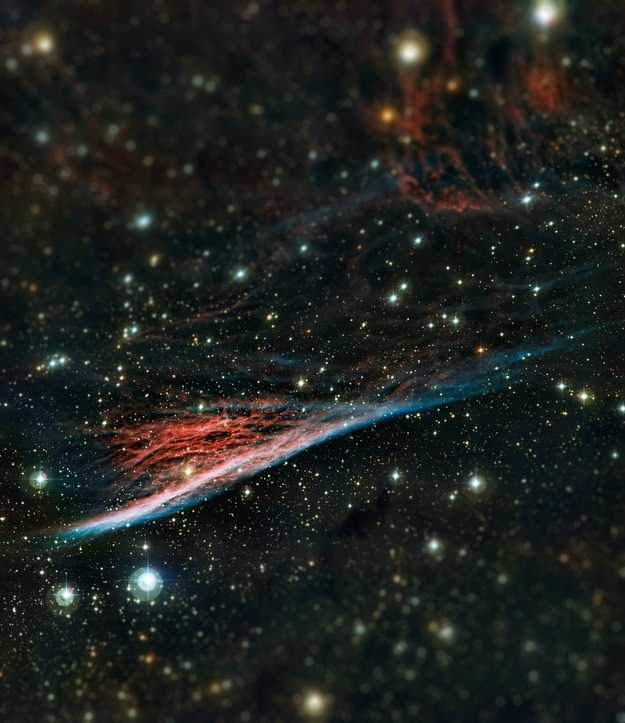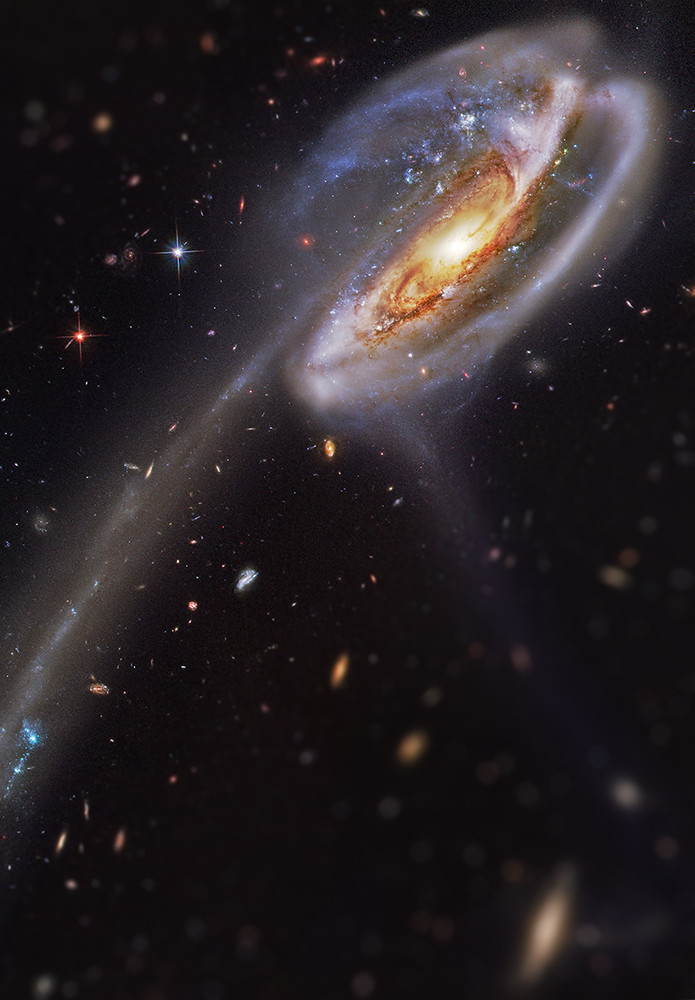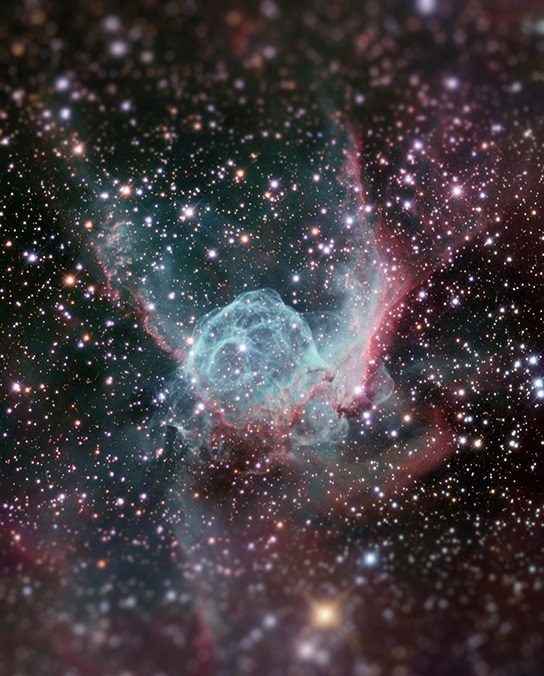[PHOTOS] Is This How God Sees The Universe?
We all know that there's only one thing out there whose dimensions are absolutely impossible to imagine. That's our Universe. But what if the universe were as small as a scale model train? Then the Horsehead Nebula along with Meathook Galaxy would look something like these.
Tiny horsehead nebula
The Horsehead Nebula is a dark nebula in the constellation Orion. The nebula was first recorded in 1888 by Scottish astronomer Williamina Fleming on photographic plate B2312 taken at the Harvard College Observatory. The Horsehead Nebula is approximately 1500 light years from Earth. It is one of the most identifiable nebulae because of the shape of its swirling cloud of dark dust and gases, which bears some resemblance to a horse's head when viewed from Earth.
Miniscule Meathook galaxy
Meathook Galaxy is an intermediate spiral galaxy about 50 million light-years away in the constellation Volans. It was discovered by Sir John Herschel. Associated with this galaxy is HIPASS J0731-69, a cloud of gas devoid of any stars.
We came across this Imgur post and looked for the technique used to make these pictures. It's called Tilt-Shift.
Tilt is used to control the orientation of the plane of focus (PoF), and hence the part of an image that appears sharp; it makes use of the Scheimpflug principle. Shift is used to adjust the position of the subject in the image area without moving the camera back; this is often helpful in avoiding the convergence of parallel lines, as when photographing tall buildings.
"Tilt–shift" encompasses two different types of movements: rotation of the lens plane relative to the image plane, called tilt, and movement of the lens parallel to the image plane, called shift.
The technique is pretty simple to use. Here's how:
Open the original image as a base layer. Duplicate the layer and make it out of focus with the Gaussian blur filter.
Then add a mask to that layer and use a brush to selectively mask the parts of the image that you would like to keep in focus so it looks as if you were taking a macro photo of a tiny model of the Universe.
imgur.comMini crab nebula
The Crab Nebula is a supernova remnant and pulsar wind nebula in the constellation of Taurus.At an apparent magnitude of 8.4, comparable to that of the largest moon of Saturn, it is not visible to the naked eye but can be made out using binoculars under favourable conditions.
Petite pencil nebula
Pencil Nebula is a small part of the Vela Supernova Remnant, located near the Vela Pulsar in the constellation Vela. It is thought to have been formed from part of the shock wave of the larger Vela Supernova Remnant. The Pencil Nebula is moving at roughly 644,000 kilometers per hour (400,000 miles per hour).
Pint-sized Andromeda galaxy
The Andromeda Galaxy is a spiral galaxy approximately 2.5 million light-years (2.4×1019 km) from Earth in the Andromeda constellation. The Andromeda Galaxy is the largest galaxy of the Local Group, which also contains the Milky Way, the Triangulum Galaxy, and about 30 other smaller galaxies.
Teensy Tadpole galaxy
The Tadpole Galaxy is a disrupted barred spiral galaxy located 400 million light years from Earth toward the northern constellation Draco. Its most dramatic features are a trail of stars about 280 thousand light-years long and massive, bright blue star clusters.
Baby Thor’s helmet nebula
Thor's Helmet is an emission nebula in the constellation Canis Major. The nebula is approximately 15,000 light-years away and 30 light years in size.

